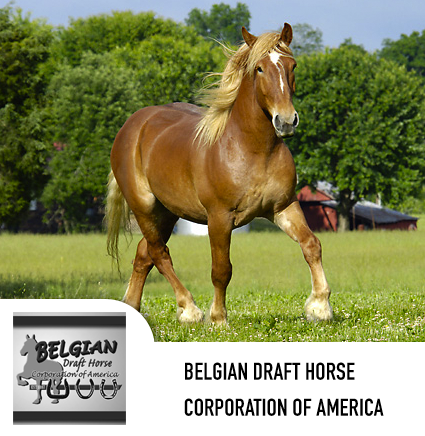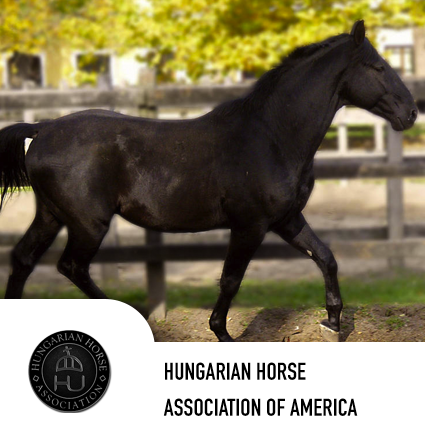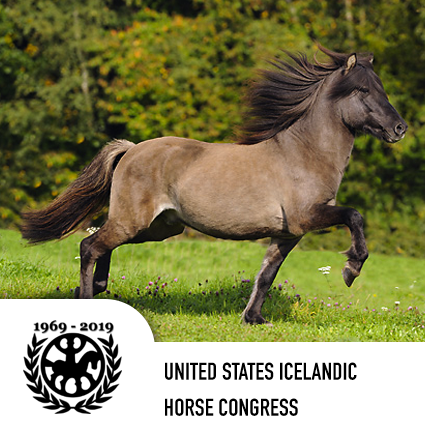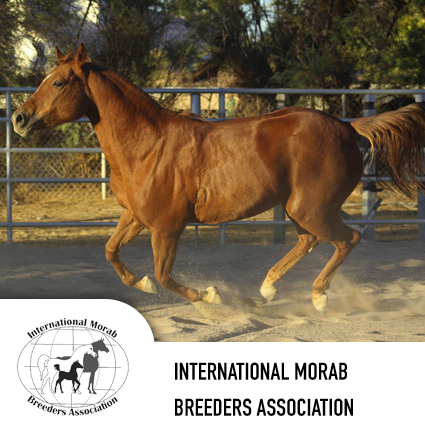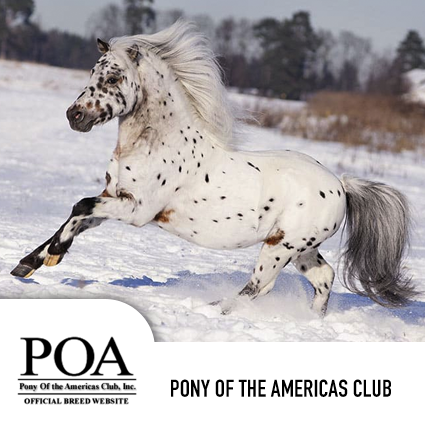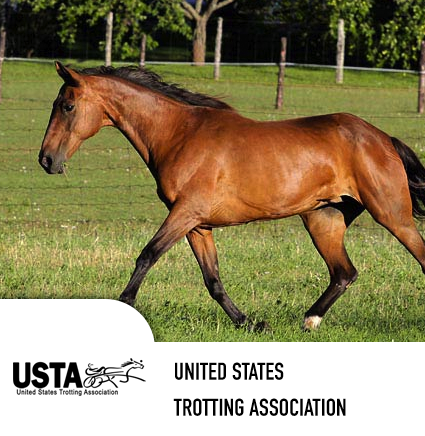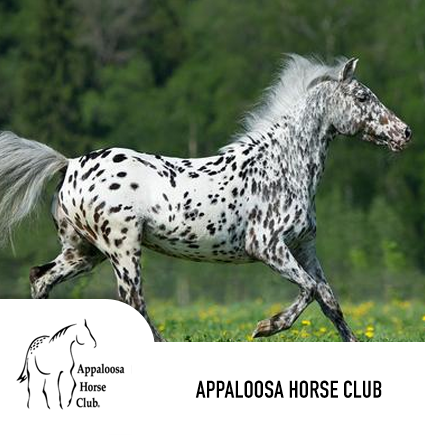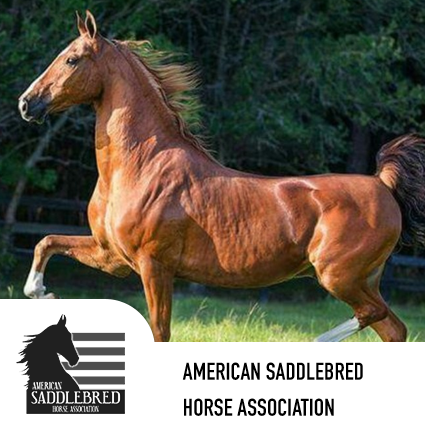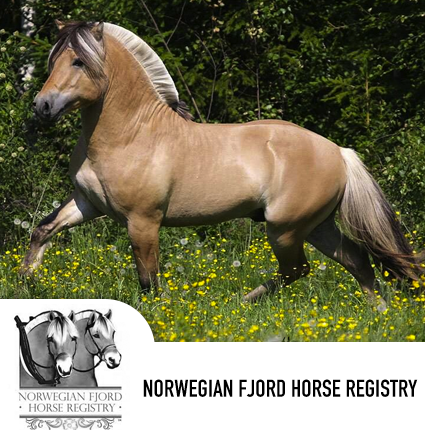Pulse and Respiration Check

Horse and rider teams lined up at a P & R.

Vet judge checking metabolics at P & R.
NATRC competitions involve traveling many miles on your equine partner. It is important that both you and your horse be in good physical condition in order to cover the distance safely. Forty percent of the horse's final score is based on measurements of his condition during the ride. To make sure the animals are not overly stressed and to help measure his condition, several P&R stops will be encountered over the course of a competition. At these stops, your horse's pulse and respiration will be taken over a 15-second interval after a 10-minute recovery and recorded.
At the ride briefing the night before, the veterinary judge will have announced P&R criteria. Usually it will be said as, "16 Go, 17 Hold," or something similar. What that means is after 10 minutes of standing quietly, if your horse, mule or pony has a count of 16 or fewer heart beats and breaths in a 15-second count, you will be allowed to continue. If the count is 17 or more for one or both, you will be held an additional 10 minutes to help him recover. This time WILL BE ADDED to your minimum and maximum time allowed. The "Go/Hold" criteria are set by the vet judge and change at every ride based on terrain and weather conditions expected the following day.
Most P&R's are taken out on the trail. You will be riding along and rounding a bend, and you will spot someone standing next to the trail handing out cards. Slightly further, you'll see riders standing next to their horses, talking softly, fanning them and possibly pulling off their saddles in an effort to "get their horses down" to criteria. The time written on your card will be 10 minutes after the card was given to you and will indicate the time of your check. You should dismount and quietly lead your horse next to the last horse in line, facing the same direction as everyone else. Leave enough room so the P&R crews can get around between the horses safely. If the next horse in line has yellow ribbons in his tail (denoting a stallion) or red ribbons (potential kicker), give some extra space. Ten minutes later, the time indicated on your card, the P&R volunteers will come past, check your horse's pulse and respiration, and record it.
Photo by Andy Klamm
After you have dismounted, you may tend to your horse as you wish as long as it does not disrupt the horses on either side of you. It's a good idea to loosen your cinch just enough to give the horse a little more breathing space. It's also considerate to run the stirrup up or throw it over the saddle so it's not in the way for the P&R team.
In NATRC rides, the pulse is always given first, followed by the 15-second respiration count. The rules allow your horse a maximum of 12/9 for a P&R without penalties. If your horse's heart beats 12 or fewer times, and he takes 9 or fewer breaths during the 15-second count, there will be no points deducted from his condition score. One point will be lost for every count above 12 for the pulse and every 4 counts above 9 for the respiration. For example, if the P&R volunteer records a 14/7, your horse would lose 2 points for the pulse. You may immediately ask for a recheck if you think the count was off. Something could have startled the horse during the first count or he might have moved around. The recheck will be done by the P&R captain, and you must accept the second count...even if it is a higher number.
Everyone has their own routine to calm their horse down; some stroke the horse's face and ears using T-Touch while others feed electrolyte cookies and sing to their horses. In hot weather, some horses start to pant to dissipate heat. Since everyone is concerned with getting the lowest P&Rs possible, please keep the noise and the movements down. If your horse begins to act up, disturbing those around you, the P&R captain might ask you to move your horse away from the others. It is best to establish a P&R routine with your horse so he stands quietly and gets the best recovery numbers possible. It usually takes a new horse 5-6 rides before he understands, so be patient. The more relaxed you are around your horse, generally the calmer he will be.
After your horse's pulse and respiration have been taken, you will be given the card to sign. Double check the P&R numbers written on the card before you sign it. The P&R team will either give you the card to carry up to the waiting veterinary judge or keep it to give to the judge later. If you have removed your saddle, get tacked up quietly. It is common courtesy to wait for the horse behind you to have his P&R taken before you move off. Ask the rider behind you if they are done, and wait if they are not. You are given 15 minutes at each P&R stop to allow for this and other "necessities". During a P&R stop, it is permissible for a volunteer to hold your horse if you need to go to the bathroom, get a drink of water from the trucks, or fix your tack.
You might be asked to trot in hand or mounted to the veterinary judge, so listen carefully to whatever instructions are given. You may be asked to mount in front of the judge. Unless you are asked to mount in a specific place, you may use anything to help you mount, including rocks, logs, banks, etc. If in doubt, ask if it's okay to use whatever you've located.


























